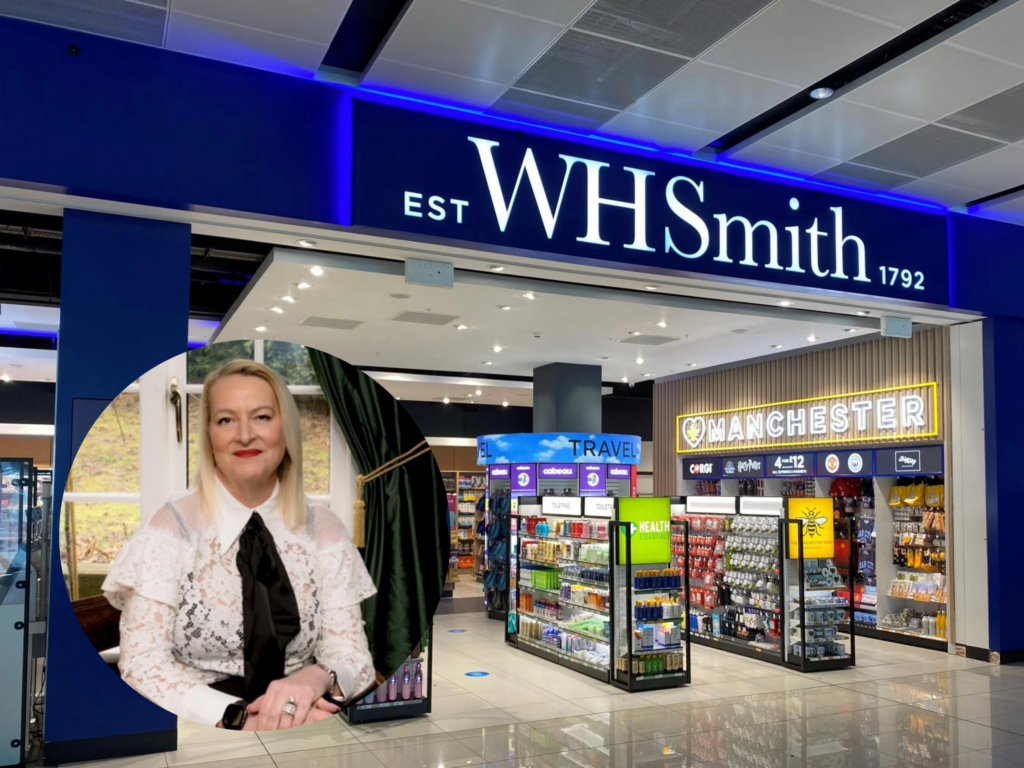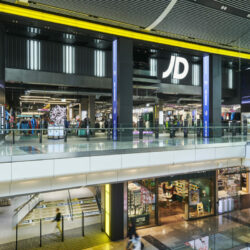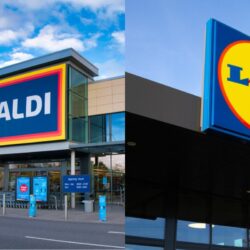Disloyalty levels are on the rise among consumers the world over, according to research from data intelligence group Nielsen, which suggests just 8% of people consider themselves to be “committed loyalists” when it comes to their favourite brands.
Growing choice of products and brands, and ultra price awareness, or the “Amazon effect”, as Nielsen Consumer Insights senior vice president, Joe Ellis, puts it, is having a major impact on consumer spending behaviour. The study from 2019 suggests just 28% of consumers are influenced by the fact a brand is well known and trusted, while 46% are more likely to try new brands compared to five years ago.
That is just one example of the shifting landscape retailers and brands find themselves in, as they look to create the products, messaging, and specific loyalty and rewards programmes to make consumers stick. The advent of technology, a growing willingness to build propositions based on shopper data, and the now mobile-obsessed consumer, are all influencing companies’ individual approaches to loyalty too.
Representatives from several retailers and brands met on 5 March for a roundtable in London to discuss loyalty in their industry. It was hosted by Retail Gazette and Fidel, a card-linking API that makes it easy for loyalty programmes to access real-time transaction data from Visa, Mastercard, and American Express.
The event gave attendees an opportunity to discuss some of the above issues, share knowledge, and get to grips with new approaches to customer loyalty. The debate spanned subjects from non-obtrusive data capture to open banking.
Companies represented in the room were AS Watson – which owns Savers, Superdrug, and The Perfume Shop – Browns Fashion, Dixons Carphone, Nectar, Harrods, John Lewis, Marks & Spencer (M&S), Perkbox, and Pret a Manger.
Loyalty
From the original airline air miles schemes, to the mobilised, app-based loyalty programmes launched by Tesco Clubcard and Nectar at the end of 2019, rewards initiatives continue to evolve.
These dedicated schemes are part of wider customer acquisition and retention strategies by brands, and the methods to induce loyalty are changing fast.
For example, Amazon Prime and an array of subscription service providers ask for payment upfront in return for product and service benefits, which are tying people in to brands, in what could be described as a new type of enforced loyalty.
Meanwhile, Tesco Clubcard Plus, which launched last year, can be accessed for a monthly fee, giving members money off big shops, and deals on other Tesco products. Others are following this format to maintain close contact with customers.
David Hordle, a former executive at M&S, Boots, Planet Organic and – most recently – managing director of Morley’s Department Store Group, discussed the evolution of loyalty during the roundtable.
“At Morleys, back in 2017 the launch of a loyalty scheme step-changed the business – it provided deep insight, filled some previous gaps in customer knowledge, and enabled a much stronger connection with those customers.
“Yes, it’s a traditional points-based scheme, but internally it was all about understanding shopper behaviour – how often they visited, what they were buying, and with what, spend, location etc. For example, in the flagship 96,000 sq ft store the data showed that over 50% of sales came from customers who lived within one mile of the store.”
He added: “An improved understanding of shopper behaviour, together with a more connected customer-base, allows the business to enhance the overall experience for customers.”
Gathering data
With “single view of customer” continuing to be the ultimate target for many businesses, retailers are battling to match up all data across their different channels. “Omnichannel is often overwhelming for retailers”, one roundtabler acknowledged.
But a demographic insight captured digitally, such as that described by Hordle, represents a neat way to instantly influence store strategy, perhaps in the form of visual merchandising or marketing copy. There’s real value in crunching the data.
What was clear from the roundtable was that capturing data about customers is a central reason for creating a loyalty scheme. Gathering shopper information is central to ensuring wider marketing campaigns are successful, with one attendee suggesting CFOs look at loyalty as an investment in data as much as it is in marketing.
Christine Mayston, a business consultant specialising in data-driven CRM, loyalty and customer experience, who has worked with Sainsbury’s Nectar, Harrods, and many other retailers across the UK, told the roundtable “the data landscape is shifting quickly”.
“Retailers need to ensure they adhere to data protection guidelines, but also find a way to show customers that the data they do share is being used with purpose – to make the offering increasingly more relevant and timely for that customer as an individual,” she explained.
Others spoke about the need for “frictionless” technology to help capture customer data, build loyalty schemes, and create rewards programmes.
Open opportunity
The open banking era brings more opportunity in that area.
Open banking is designed to bring more competition and innovation to financial services, requiring all payment providers to grant third-party access to customers’ payment accounts. With the explicit permission of the consumer, third parties in fintech can now access a customer’s banking information via an API. It allows fintechs to access banking services and bring new innovations to market faster.
Commentary by independent consulting firm, Edgar, Dunn & Company, says open banking potentially brings multiple benefits to brands: new customer experiences at the point of sale, discounts based on real-time spending, and better processing fees.
The increased access to data that APIs offer is revolutionising loyalty. Fidel offers another such API, though it differs from open banking alternatives in the format and granularity of data it delivers. By connecting to payment cards rather than bank accounts, Fidel is able to access detailed information including merchant geolocation, auth code, timestamps and MCC in real-time, which it says makes it a stronger fit for loyalty.
Mayston continued: “I believe that we will see a shift in perception of data ownership in the future – with customers seeing their data as something that they own and should benefit from.
“This opens up exciting conversations for retailers around data monetisation and new commercial data structures that involve customers. This becomes even more interesting as card-linking and open banking proliferate to the mainstream.”
Fidel’s card-linking API provides users with, what it calls, “quick and easy access” to real-time transaction data from Visa, Mastercard and Amex through a single integration point. The advent of card-linking, it says, removes several issues of cost, complexity and compliance that usually make it difficult for businesses to access payment data.
Fidel founder and CEO, Dev Subrata, commented: “Retailers and brands are taking different approaches in terms of engendering customer loyalty, but it is clear the common thread is data capture.
“The evolution of retail systems to support data capture has resulted in the use of multiple payment processors and platforms across channels, making it difficult to identify consumers uniquely. The emergence of open banking and card linking is presenting retailers with a new opportunity to gain a holistic view of their shoppers’ spending behaviour – and that paves the way for new loyalty-inducing customer experiences.”
Click here to sign up to Retail Gazette‘s free daily email newsletter
Sponsored


















